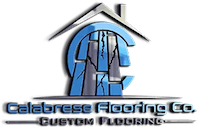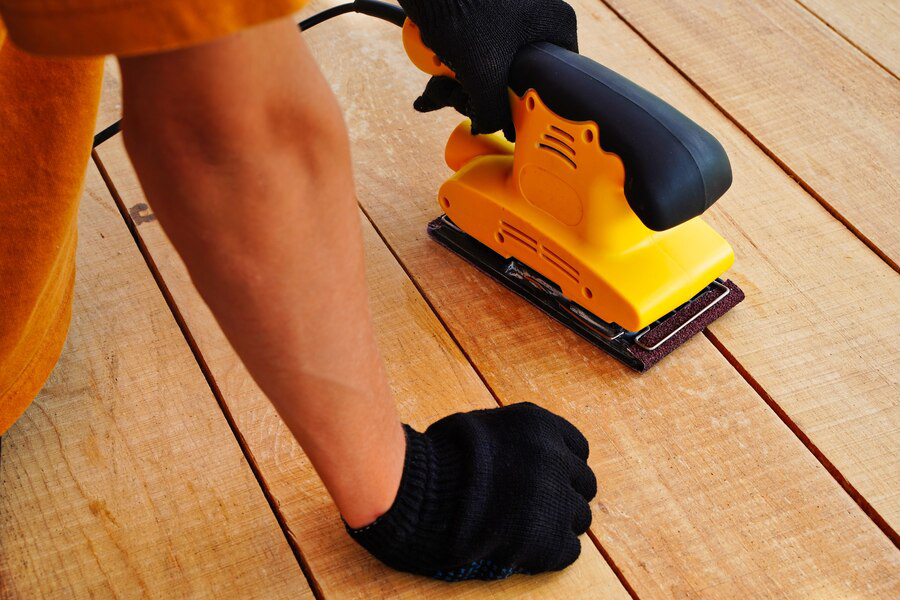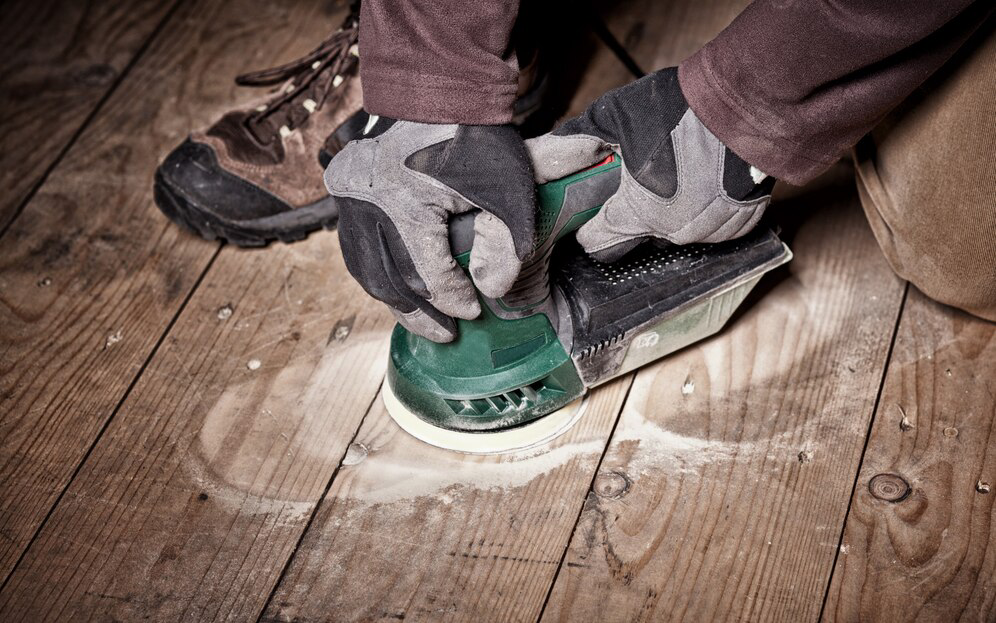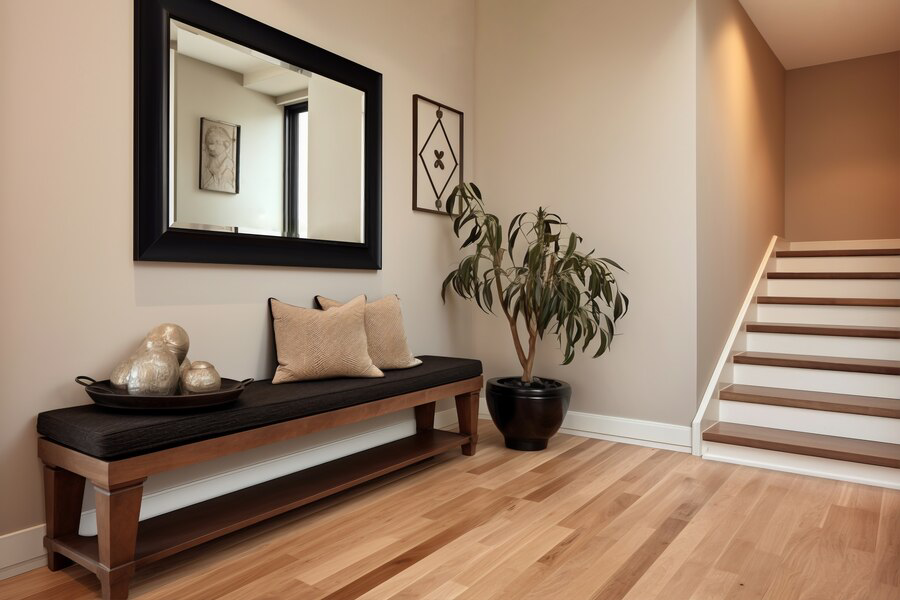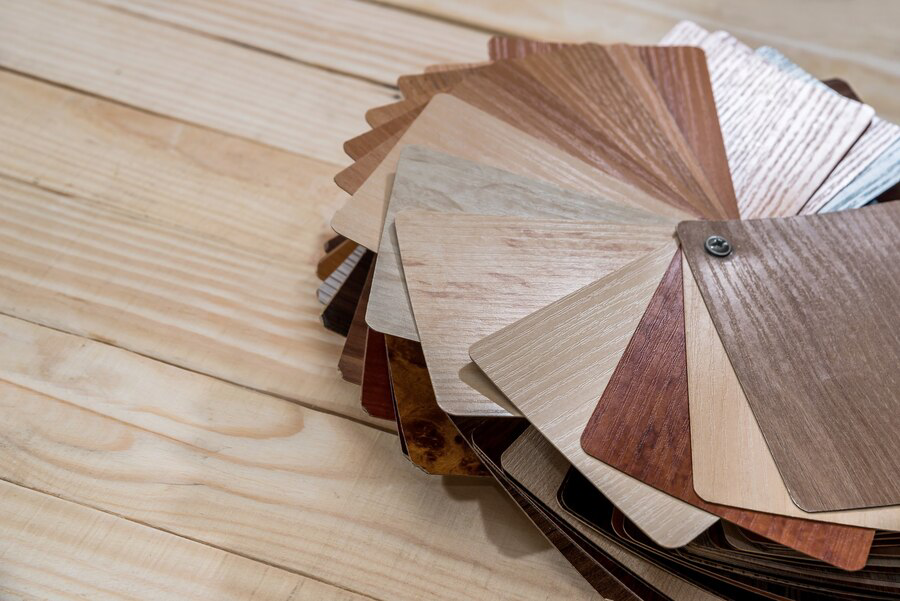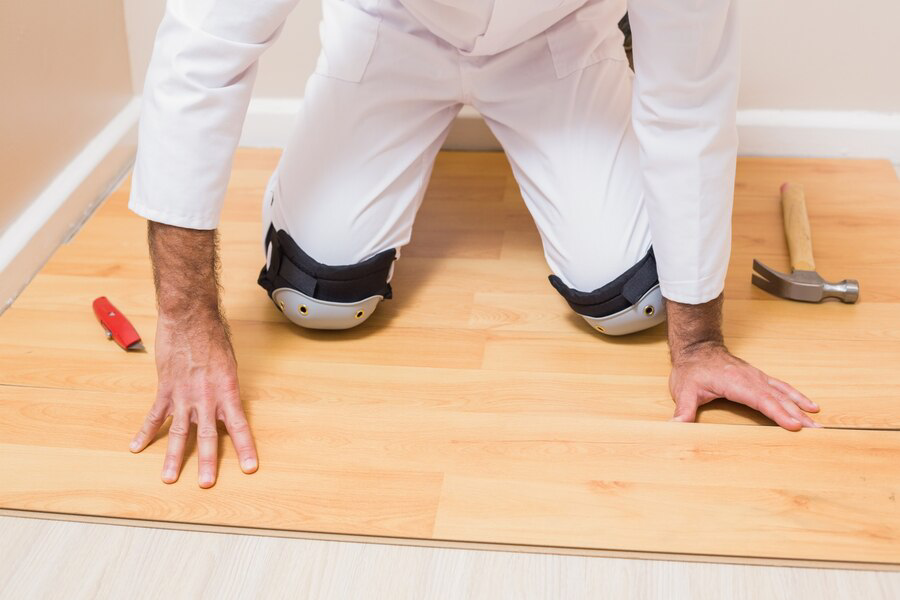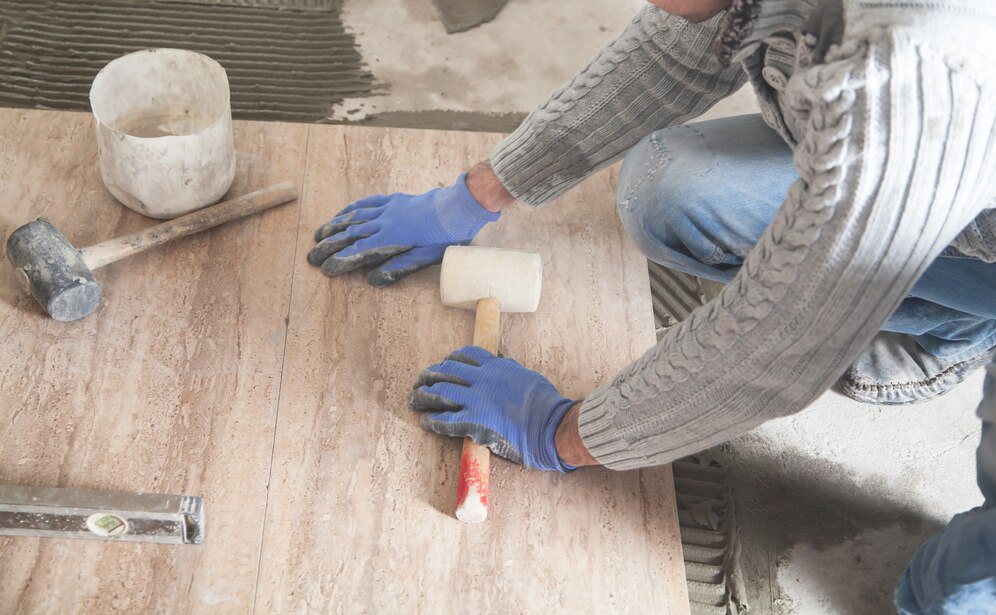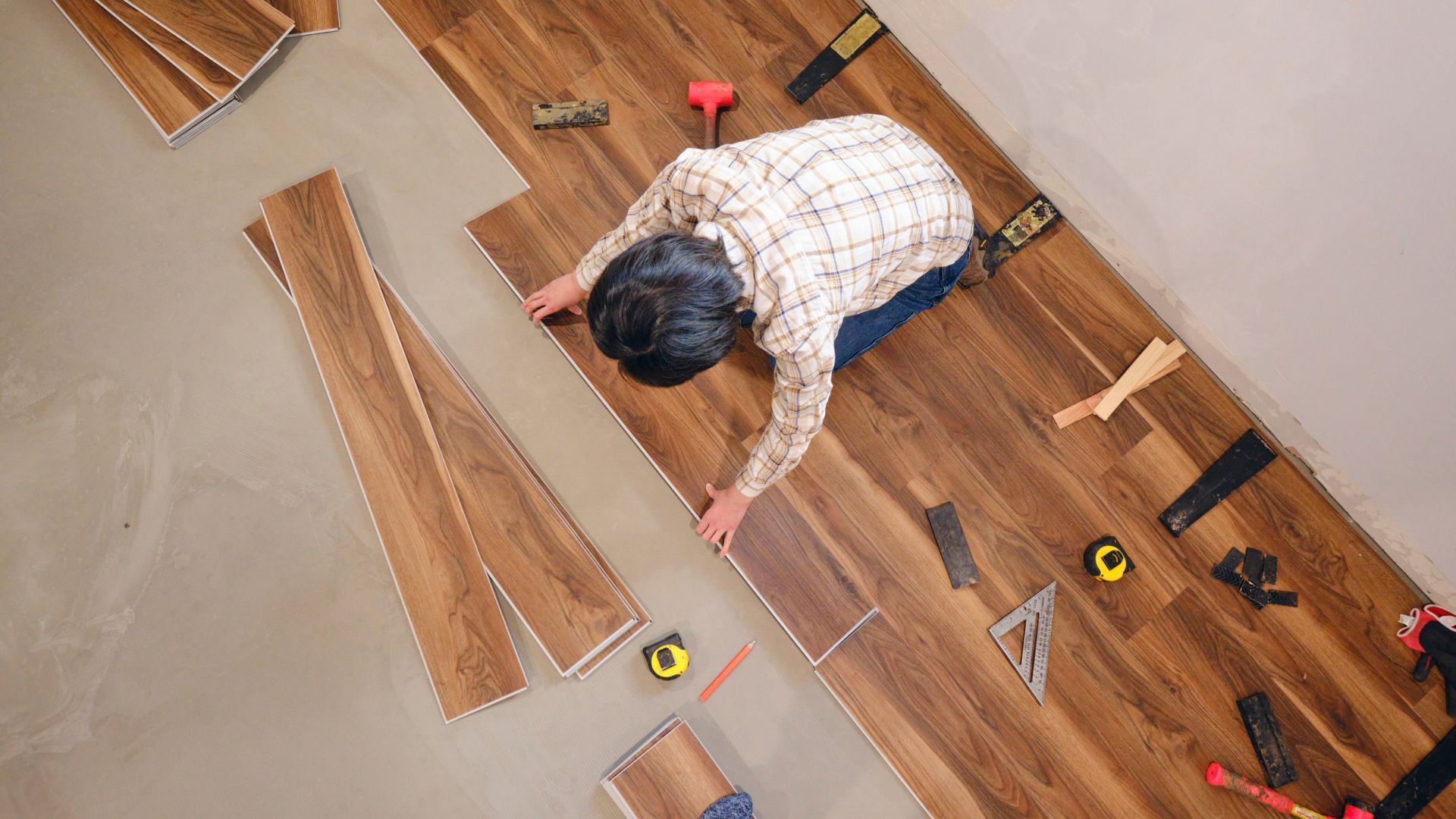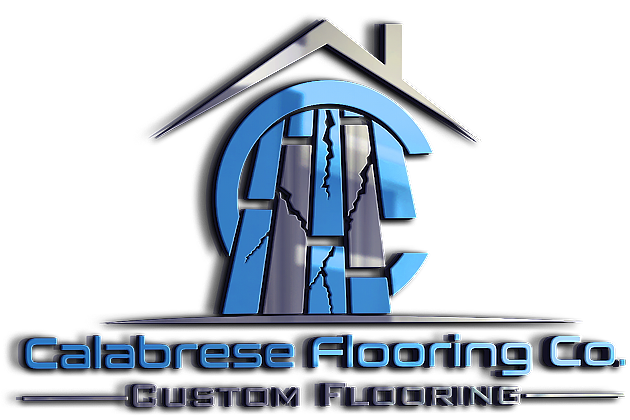Mastering Dustless Floor Sanding: Techniques and Trends
Mastering Dustless Floor Sanding: Techniques and Trends
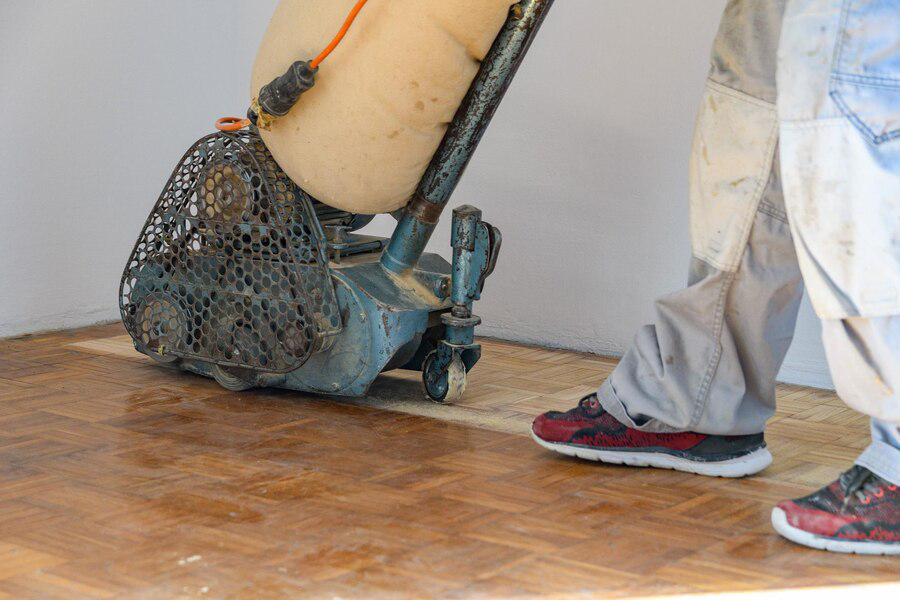
In the realm of
flooring restoration, dustless floor sanding has emerged as a revolutionary technique, offering both environmental benefits and superior results compared to traditional methods. This method employs advanced machinery equipped with powerful vacuum systems to capture dust at its source, minimizing airborne particles that can be harmful to health and detrimental to the surrounding environment. By eliminating the need for extensive cleanup and reducing exposure to allergens, dustless sanding not only enhances efficiency but also promotes a safer working environment for craftsmen and a cleaner indoor air quality for homeowners. Moreover, mastering dustless floor sanding involves a blend of cutting-edge technology and refined craftsmanship. Professionals in the field emphasize precise techniques and careful execution to achieve flawless results without the hassle of dust accumulation. As trends evolve, the demand for eco-friendly practices continues to grow, positioning dustless sanding as not just a trend but a standard in modern floor restoration. This blog explores the intricacies of mastering dustless floor sanding, highlighting techniques, tools, and emerging trends that are shaping the future of this transformative industry practice.
Choosing the Right Equipment for Dustless Sanding
Dustless sanding has revolutionized floor renovation by significantly reducing airborne dust particles, improving air quality, and creating a cleaner working environment. Whether you're a seasoned professional or a DIY enthusiast, selecting the appropriate equipment is crucial for achieving smooth, flawless results. In this guide, we'll walk you through the essential tools needed for dustless sanding and provide tips on choosing the right equipment for your project.
Orbital vs. Belt Sanders: Understanding Your Needs
The choice between orbital and belt sanders largely depends on the type of flooring and the extent of sanding required. Orbital sanders are ideal for finer finishes and delicate wood surfaces, offering random orbital motion that minimizes swirl marks and scratches. On the other hand, belt sanders are more aggressive, making them suitable for heavy-duty sanding jobs and large surface areas. Consider the specifics of your project to determine which type of sander best suits your needs.
HEPA Vacuum Systems: Essential for Dust Control
High-Efficiency Particulate Air (HEPA) vacuum systems are integral to dustless sanding operations. These specialized vacuums are designed to capture fine dust particles as small as 0.3 microns, ensuring a cleaner and healthier workspace. When choosing a HEPA vacuum, look for models that are compatible with your sanding equipment and have sufficient capacity to handle the dust generated during sanding sessions.
Dust Extractors: Enhancing Efficiency and Safety
Dust extractors play a crucial role in dustless sanding by seamlessly integrating with your sanding equipment to capture dust directly at the source. These devices come in various sizes and configurations, including portable units for smaller projects and larger extractors with enhanced filtration systems for professional use. Opt for a dust extractor that offers robust suction power and features easy-to-clean filters to maintain peak performance throughout your project.
Abrasive Discs and Belts: Choosing the Right Grit
Selecting the correct abrasive discs or belts is essential for achieving desired sanding results. Grit size determines how coarse or fine the sanding action will be, with lower grit numbers (e.g., 40-80) suitable for initial rough sanding and higher grit numbers (e.g., 120-220) ideal for smoothing and finishing. Consider the condition of your floor and the level of imperfections to determine the appropriate grit sequence for optimal sanding efficiency and surface quality.
Edge Sanders and Detail Sanders: Completing the Finishing Touches
Edge sanders and detail sanders are indispensable tools for reaching tight corners, edges, and intricate areas that larger sanders may not access effectively. Edge sanders typically feature a triangular-shaped sanding pad or a narrow belt that allows for precise sanding along walls and baseboards. Detail sanders, often equipped with small, pointed pads or attachments, excel at refining intricate patterns and delicate profiles. Incorporate these specialized sanders into your equipment lineup to achieve consistent results across all areas of your flooring project.
Step-by-Step Guide to Dustless Floor Sanding
Dustless floor sanding has become the preferred method for renovating hardwood floors due to its cleanliness, efficiency, and environmental benefits. This step-by-step guide will walk you through the process of dustless floor sanding, from preparation to finishing touches, ensuring you achieve professional results while maintaining a dust-free environment.
Preparation
Before beginning the sanding process, ensure the room is cleared of furniture, drapes, and any other obstacles that could obstruct your work. Cover electrical outlets and vents to prevent dust infiltration. Inspect the floor for protruding nails or staples and remove or drive them below the surface to avoid damaging sanding equipment.
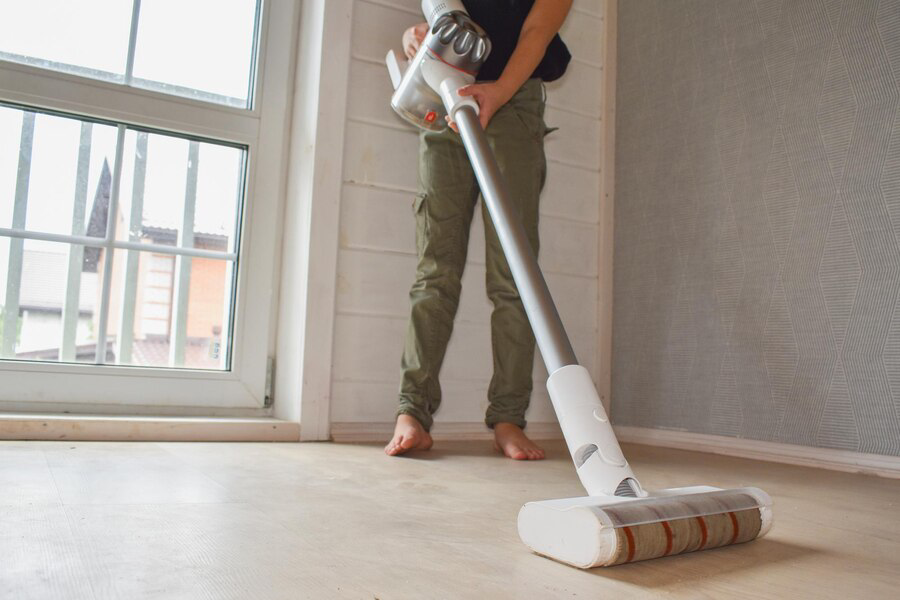
Equipment Setup
Gather all necessary equipment for dustless sanding, including a dustless sander (orbital or belt), HEPA vacuum system, dust extractor, abrasive discs or belts (various grits), edge sander (if needed), and personal protective equipment (PPE) such as dust mask/respirator, safety goggles, and hearing protection.
Initial Sanding (Coarse Grit)
Begin sanding with a coarse grit abrasive disc or belt (e.g., 40-60 grit) to remove old finish, stains, and surface imperfections. Move the sander slowly and evenly across the floor, working in the direction of the wood grain to achieve consistent results. Use an edge sander or detail sander for corners and edges that the main sander cannot reach.
Intermediate Sanding (Medium Grit)
Switch to a medium grit abrasive (e.g., 80-100 grit) to smooth out scratches left by the coarse grit sanding. Continue to sand with the grain, overlapping each pass slightly to ensure uniformity. Vacuum the floor periodically with the HEPA vacuum or dust extractor to remove dust and inspect for any missed spots or imperfections.
Fine Sanding (Fine Grit
Progress to a fine grit abrasive (e.g., 120-150 grit) for the final sanding pass. This stage aims to achieve a smooth and uniform surface ready for staining or finishing. Take extra care during this step to maintain consistent pressure and movement to avoid over-sanding or creating uneven patches.
Comparing Dustless Sanding Techniques
Dustless sanding techniques have revolutionized floor renovation, offering cleaner and healthier environments compared to traditional methods. Understanding the different approaches can help you choose the best one for your project.
- Orbital Sanders: Ideal for fine finishes, orbital sanders use a circular motion to reduce swirl marks and scratches. They're effective for delicate wood surfaces but may require more time for larger projects.
- Belt Sanders: Known for their aggressive sanding capabilities, belt sanders are best for heavy-duty tasks and larger areas. They work quickly but may leave behind deeper gouges if not used carefully.
- HEPA Vacuum Systems: Essential for all dustless sanding techniques, HEPA vacuums capture fine dust particles, improving air quality and reducing cleanup time.
- Dust Extractors: These machines directly attach to sanders to collect dust at the source, offering efficient dust containment and enhancing overall workspace cleanliness.
Conclusion
Mastering dustless floor sanding isn’t just about technique; it’s about embracing a cleaner, more efficient approach to renovating your home or workspace. By adopting innovative methods like vacuum-assisted sanders and HEPA filtration systems, homeowners and businesses alike can achieve superior results without the inconvenience of traditional sanding methods. These advancements not only reduce airborne dust but also promote a healthier environment for inhabitants and workers, making dustless sanding a preferred choice for modern renovations.
For further inquiries or to schedule your dustless floor sanding project, don’t hesitate to contact Calabrese Flooring CO. Located in Arvada, our team is equipped with the expertise and state-of-the-art equipment to transform your floors with minimal disruption and maximum results. Reach us at 720-384-8478 to discuss your flooring needs and discover how our commitment to quality and cleanliness can elevate your space. Let’s bring your vision to life with precision and care.
